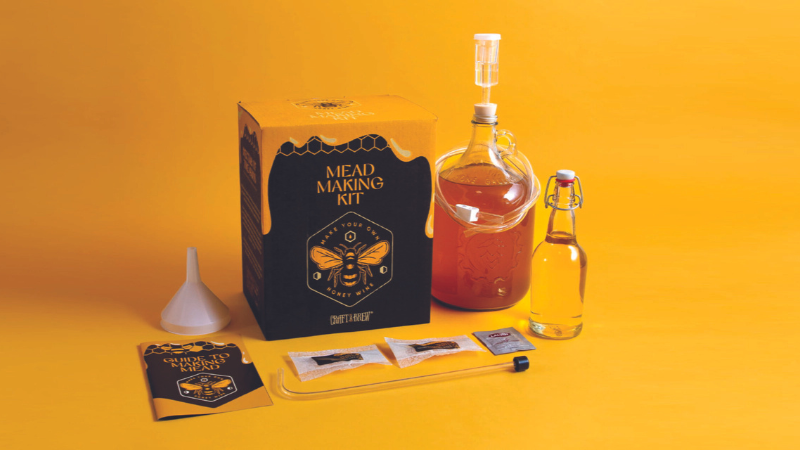How to Make Small Batch Wines and Meads – Are you an aspiring vintner or mead enthusiast looking to craft small batches of your own delectable beverages? Discover the art and science behind producing top-notch small batch wines and meads right from the comfort of your home.
Unravel the secrets of fermentation, flavor profiles, and everything in between as we delve into the intricacies of this delightful craft. Whether you’re a seasoned brewer or a novice looking to embark on a flavorful journey, this comprehensive guide will equip you with the essential know-how to create exceptional libations tailored to your taste.
How to Make Small Batch Wines and Meads
Select Quality Ingredients
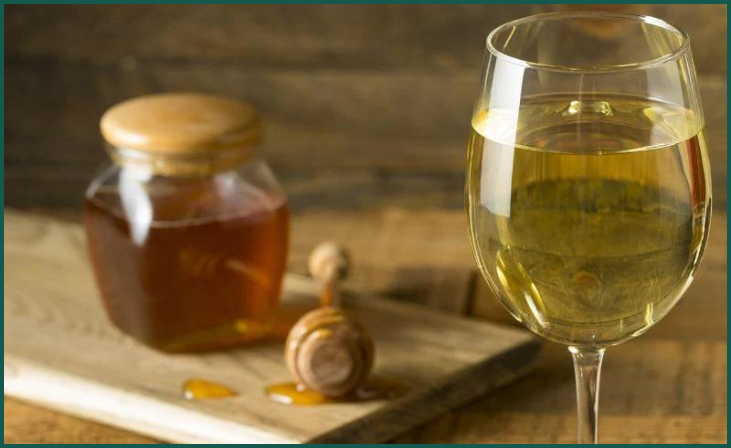
When choosing grapes or fruits for your wine, ensure they are at their peak ripeness. Quality produce is essential for creating a flavorful and balanced wine. Consider the specific variety of grapes or fruits that best align with your desired wine style.
Crushing and Pressing
Depending on the quantity of grapes or fruits you are working with, use a fruit crusher or your hands to thoroughly crush them. This process helps release the juices and extract the maximum flavor. Using a press, extract the juice from the crushed grapes or fruits efficiently.
Fermentation Process
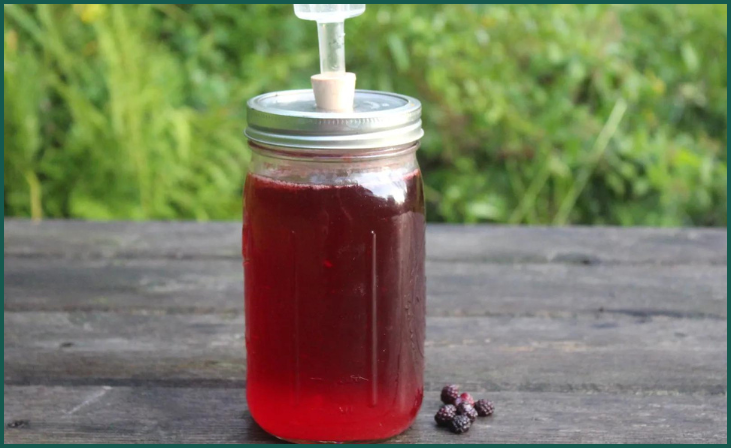
Once the juice is extracted, transfer it to a clean fermentation vessel, and add the appropriate wine yeast to initiate the fermentation process. Ensure the vessel is properly sealed with an airlock to allow carbon dioxide to escape while preventing oxygen from entering, which could cause spoilage.
Monitor the Fermentation
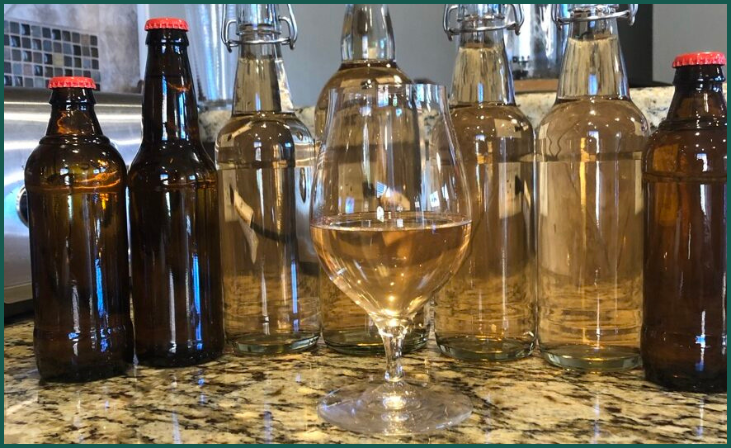
Regularly monitor the temperature and specific gravity of the fermenting wine to ensure it remains within the recommended range for the specific yeast strain being used. This careful monitoring helps maintain the ideal conditions for a successful fermentation.
Also Read: How to Make Beet Kvass
Clarification and Stabilization
After the fermentation process is complete, clarify the wine by siphoning it into a clean vessel, leaving behind any sediments. Consider using fining agents or filtration methods to further clarify the wine and remove any remaining impurities, ensuring a clear and polished final product.
Aging the Wine
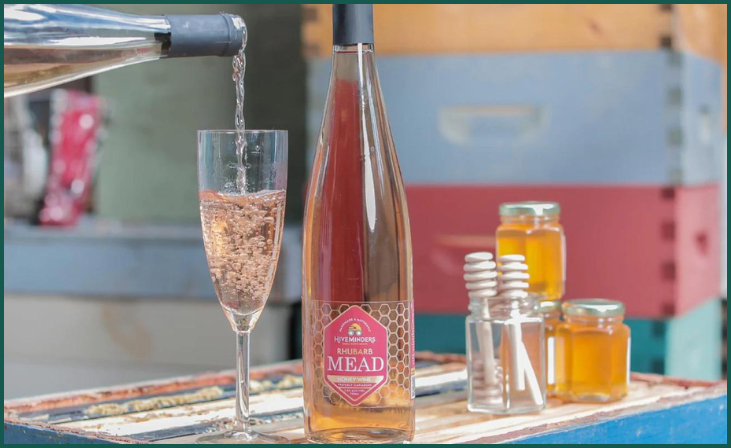
For the aging process, choose the appropriate storage vessel based on your desired flavor profile. Stainless steel containers are ideal for preserving the wine’s natural freshness, while oak barrels can impart additional complexity and subtle flavors. Monitor the aging process closely to achieve the desired balance and character in your wine.
Bottling the Wine
Prior to bottling, ensure the bottles and corks are properly sanitized to prevent contamination. Use a siphon to transfer the wine from the aging vessel into the bottles, leaving enough space at the top to allow for proper corking. Consider using a corking machine for an efficient and secure seal.
Labeling and Storage
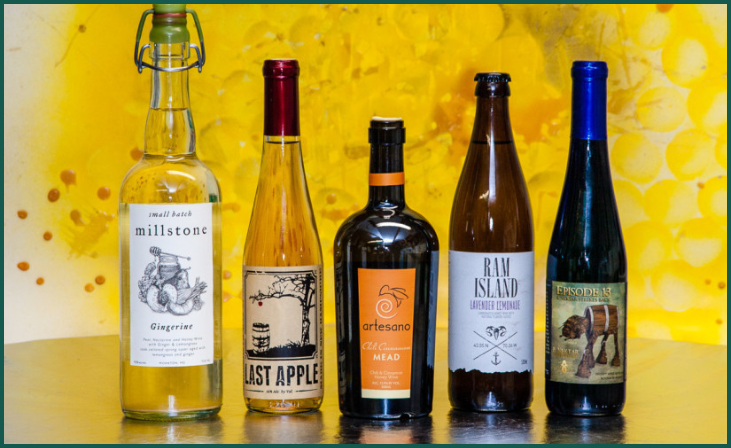
Design and print labels that reflect the unique characteristics of your wine, including the wine’s name, vintage, and any other pertinent details. Store the bottles in a cool, dark place to preserve the wine’s quality and prevent it from being affected by external factors such as light and temperature fluctuations.
With attention to detail and a passion for the winemaking process, you can create small batch wines at home that rival the quality of commercially produced wines. Enjoy the journey of experimentation and refinement as you develop your skills and expertise in winemaking.
5 Different Types Of Meads
Very Berry Mead
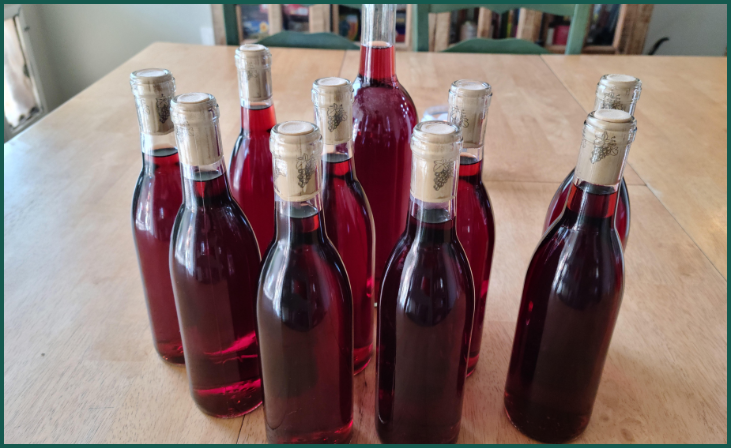
Very Berry Mead is a delightful and flavorful variation of melomel, infused with an assortment of vibrant and succulent berries during the fermentation process. This luscious mead typically combines the richness of honey with the bright, tart, and sweet flavors of an array of berries, such as raspberries, blueberries, strawberries, and blackberries. The resulting beverage boasts a deep, ruby hue and a tantalizing aroma that entices the senses.
Crafting a Very Berry Mead involves carefully balancing the natural sweetness of the honey with the tartness and juiciness of the mixed berries, creating a harmonious blend of flavors that tantalize the palate. The fermentation process allows the rich honey to mingle with the vibrant berry juices, resulting in a mead that offers a well-rounded and nuanced taste profile, with a subtle interplay between the sweetness of the honey and the tartness of the berries.
This exquisite beverage can be enjoyed on its own as a refreshing treat or paired with a variety of dishes, making it a versatile option for a range of culinary experiences. Whether served alongside cheese platters, light salads, or even rich desserts, Very Berry Mead offers a unique and delightful drinking experience that captures the essence of the natural sweetness and vibrancy of assorted berries, making it a popular choice for mead enthusiasts seeking a flavorful and invigorating libation.
Also Read: 10 Ways to Use Extra SCOBYs
Dandelion Mead

Dandelion Mead is a unique and floral variation of traditional mead, infused with the delicate and distinctive essence of dandelion petals. This enchanting mead captures the essence of springtime with its golden hue and subtle floral aroma, creating a beverage that is both refreshing and aromatic.
Crafting Dandelion Mead involves the careful collection and preparation of dandelion petals, which are added to the honey and water during the fermentation process. The dandelion imparts a subtle, earthy sweetness to the mead, complementing the natural flavors of the honey and adding a gentle, floral note that lingers on the palate.
Don't just scroll, subscribe!
BuzzTrail's unique web-stories are the cure for boredom you've been waiting for.
The fermentation process allows the flavors of the dandelion to meld harmoniously with the sweetness of the honey, resulting in a well-balanced mead with a nuanced taste profile. Dandelion Mead is often enjoyed for its light and delicate flavors, making it an ideal choice for those seeking a more subtle and nuanced mead experience.
This exquisite beverage can be savored on its own, allowing the delicate flavors of the dandelion to take center stage, or paired with light, spring-inspired dishes to enhance the overall dining experience. With its unique floral notes and gentle sweetness, Dandelion Mead is a captivating choice for mead enthusiasts looking to explore a more delicate and nuanced side of this ancient libation.
Traditional Mead
Traditional Mead is a classic and timeless variety of mead that exemplifies the pure essence of this ancient beverage. Crafted using a straightforward combination of honey, water, and yeast, traditional mead embodies the essence of simplicity and showcases the natural flavors and characteristics of the honey used in the brewing process.
The production of Traditional Mead involves fermenting a carefully selected variety of high-quality honey, allowing its distinct floral or herbal nuances to shine through. This process results in a mead that boasts a rich and full-bodied flavor profile, characterized by the natural sweetness and complexity of the honey.
With its smooth and balanced taste, Traditional Mead is renowned for its versatility and can be enjoyed on its own or paired with a wide array of dishes, ranging from light salads to rich and savory entrees. Its timeless appeal lies in its ability to captivate the senses with its pure and unadulterated honey flavors, offering a truly authentic and immersive mead-drinking experience.
Whether indulging in a glass of this golden elixir during a cozy evening at home or sharing it with friends and family during festive gatherings, Traditional Mead remains a beloved choice for those seeking a genuine and unpretentious exploration of the world of mead.
Melomel
Melomel is a delightful and versatile variety of mead that incorporates a flavorful blend of honey and various fruits during the fermentation process. This fruit-infused mead showcases a harmonious fusion of the natural sweetness of honey with the vibrant and luscious flavors of fruits such as berries, apples, peaches, or any other desired fruits.
Crafting Melomel involves carefully selecting and adding the chosen fruits to the honey and water mixture before the fermentation process begins. The fruits impart their unique and distinct flavors to the mead, creating a well-balanced and refreshing beverage with a delightful combination of sweet honey and the natural tartness or sweetness of the fruits.
The fermentation process allows the honey and fruit flavors to meld, resulting in a mead that boasts a rich and complex taste profile. Melomel is known for its versatility, allowing for a wide range of fruit combinations to suit different preferences and palates, making it a popular choice among mead enthusiasts seeking a diverse and customizable drinking experience.
This exquisite and flavorful beverage can be enjoyed on its own, served chilled for a refreshing treat, or paired with various dishes, making it a versatile option for a range of culinary experiences. Whether accompanying a cheese platter, complementing a light summer salad, or enhancing the flavors of a decadent dessert, Melomel offers a delightful and satisfying mead-drinking experience that appeals to a broad spectrum of tastes.
Metheglin
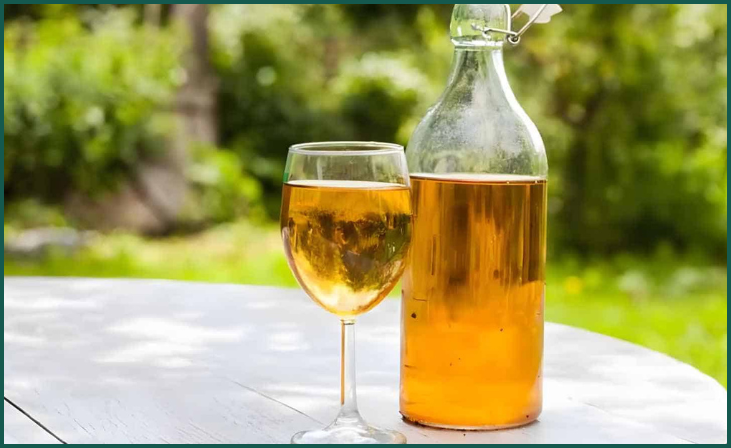
Metheglin is a captivating and aromatic variety of spiced or herbed mead that is infused with an enticing blend of spices, herbs, or botanicals during the brewing process. This distinct mead variation showcases a harmonious fusion of the natural sweetness of honey with the rich and complex flavors of various spices and herbs, resulting in a truly unique and flavorful beverage.
Crafting Metheglin involves carefully selecting and adding a combination of spices and herbs, such as cinnamon, cloves, ginger, or a variety of aromatic herbs, to the honey and water mixture before the fermentation process begins. The infusion of these ingredients allows the flavors to meld, creating a mead that offers a well-balanced and nuanced taste profile with layers of intricate and aromatic notes.
The fermentation process enables the honey to absorb the essence of the added spices and herbs, resulting in a mead that exudes a captivating aroma and a rich, multi-dimensional flavor profile. Metheglin is cherished for its versatility, offering a wide array of possibilities for creating unique and personalized blends that cater to individual preferences and tastes.
This enchanting beverage can be enjoyed on its own, allowing the intricate flavors and aromas to tantalize the senses, or paired with a variety of dishes, making it a versatile choice for enhancing the overall dining experience. Whether enjoyed alongside a savory meal, as a warming drink on a chilly evening or as a unique addition to a festive gathering, Metheglin offers a captivating and aromatic journey into the world of spiced and herbed meads.
Also Read: How to Make Ginger Bug
Conclusion
Embarking on the journey of how to make small batch wines and meads is not just a craft but an enriching experience that allows you to unleash your creativity and palate. By understanding the fundamental principles of fermentation, flavor combinations, and the importance of quality ingredients, you can savor the satisfaction of producing your own personalized batches of wine and mead.
So, gather your equipment, experiment with different recipes, and embark on a flavorful adventure that will tantalize your taste buds and leave you with a profound appreciation for the art of winemaking and mead crafting.
FAQs
What equipment is essential for making small batch wines and meads?
What equipment is essential for making small batch wines and meads?
Basic equipment such as fermentation vessels, airlocks, siphoning equipment, and hydrometers are indispensable for the winemaking and mead-making process. Additionally, having quality bottles, corks, and sanitization supplies ensures the preservation and hygiene of your final product.
How long does it take to make small batch wines and meads?
How long does it take to make small batch wines and meads?
The timeline for crafting small batch wines and meads varies depending on the recipe and the desired flavor profile. Generally, the fermentation process can take anywhere from several weeks to several months, followed by a period of aging, which may range from several months to a few years for more complex flavors to develop.

